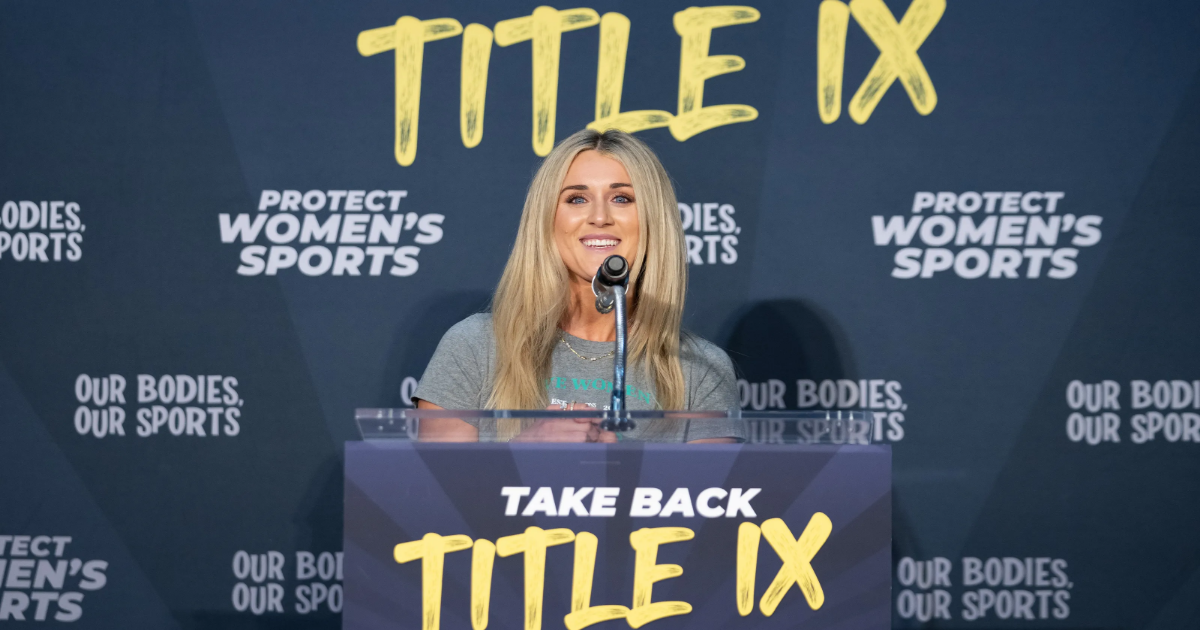
Attorney General Pam Bondi announced a civil lawsuit against Maine’s Department of Education for violating Title IX by “discriminating against women by failing to protect women in women’s sports.” Here’s what to know about Title IX and who it protects.
“The Department of Justice will not sit by when women are discriminated against in sports,” Bondi said. “This is about sports, this is also about these young women’s’ personal safety.”
Bondi and the Justice Department sued after Maine said it wouldn’t comply with the federal government’s demands to ban transgender athletes from women’s sports because it would violate state law.
Maine’s Human Rights Act protects civil rights for individuals regardless of gender identity; President Donald Trump’s executive order signed in February, bans transgender girls and women from competing on sports teams that match their gender identity and mandated that Title IX be interpreted as such.
Trump warned anyone that didn’t comply would risk federal funding and directly addressed Maine’s Governor Janet Mills during an event, saying, “you better comply because otherwise you’re not going to get any federal funding.”
Mills replied “We’ll see you in court.” To which he replied, “Good, I’ll see you in court. I look forward to that.”
Trump’s measure was called “No Men in Women’s Sports Executive Order,” an effort he claims was aimed at protecting women’s access to safe and fair athletic opportunities.
Here’s what to know about Title IX and who it protects.
What is Title IX and who does it protect?
In simple terms, Title IX is a federal civil rights law passed as part of the Education Amendments of 1972, whereby protecting people from discrimination based on sex in education programs or activities that receive funding from the federal government.
Title IX states, “No person in the United States shall, on the basis of sex, be excluded from participation in, be denied the benefits of, or be subjected to discrimination under any education program or activity receiving federal financial assistance.”
“Title IX was a direct response to the widespread exclusion of women from certain colleges and universities, higher admissions standards for women, and denials of tenure for female faculty,” according to the Harvard Gazette. It addressed the significant disparities that women faced in education at the time, such as limited access to certain programs and fields.
The law had a significant impact on sports, particularly for women. Before Title IX, opportunities and funding for women in intercollegiate and high school sports were limited.
While not explicitly stated in the original text, Title IX has been interpreted to include protection against sexual harassment in educational environments, according to Ewa.org.
During former President Joe Biden’s term, his administration expanded Title IX, to also prevent discrimination based on gender identity or sexual orientation and widening the definition of harassment, bolstering the rights of students who alleged sexual harassment and assault. The regulations also provided fresh protections for pregnant and parenting students as well.
This expansion of protections was struck down in a decision by U.S. District Judge Danny C. Reeves. The federal Education Department’s interpretation of what constitutes sex-based misconduct was too broad, he wrote, and the rules violated the First Amendment.
